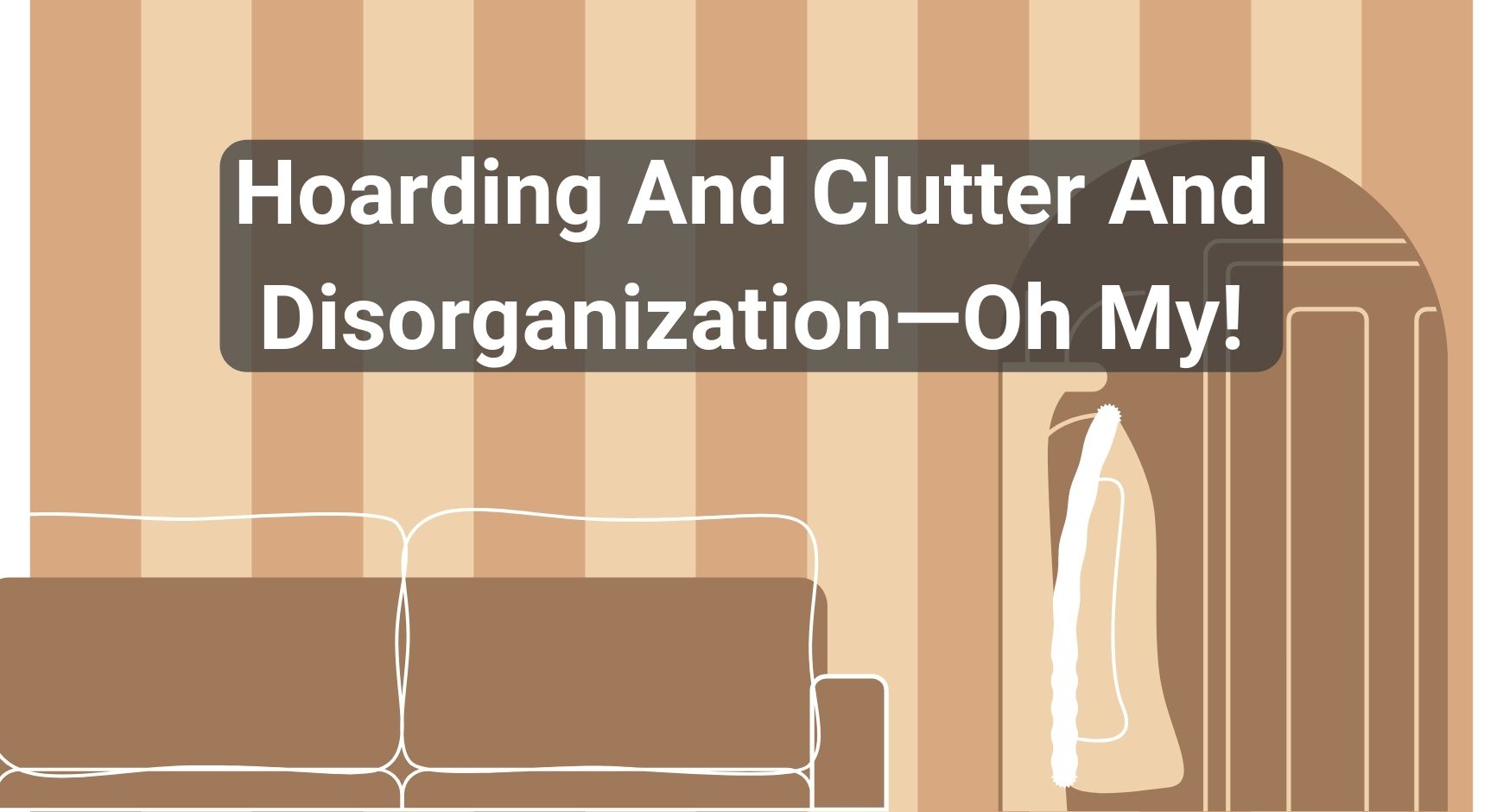
Hoarding disorder is a mental health condition in which a person is unable to part with items of little to no value, and keeping these items interferes with using their room or spaces and with day-to-day activities.
While many people use the term “hoarding” to casually refer to a messy space with too many items, there are distinctions between terms like hoarding, clutter, chronic disorganization, squalor or collecting. The following articles provides distinctions and overlap between these experiences:
Is it Hoarding, Clutter, Collecting, or Squalor?
Am I Chronically Disorganized?
If you are looking for information or support for yourself, please know that help is available through professional organizers and mental health professionals specializing in anxiety and OCD. These professionals can provide insight into your behavior and work with you to make your space more manageable. Please know that managing hoarding disorder is often a lifelong process. There are also support groups for people who struggle with hoarding, which can help to reduce the isolation and stigma.
If you want to support a loved one or friend, it can help to learn about the dos and don’ts of approaching someone with hoarding disorder so that you can understand how be non-judgmental and have realistic expectations about how change will occur:
The Stigma Behind The Clutter: Seven Myths About Hoarding
How Do You Recognize And Help When A Loved One Is Hoarding
How To Help A Friend With Hoarding Disorder: Dos and Don’ts
If you or someone you know is struggling with these issues, the Employee Assistance Program (EAP) at UT Austin is available for free, confidential, short-term counseling and connection to community resources. To make an appointment, call 512-471-3366 during business hours or email eap@austin.utexas.edu.
